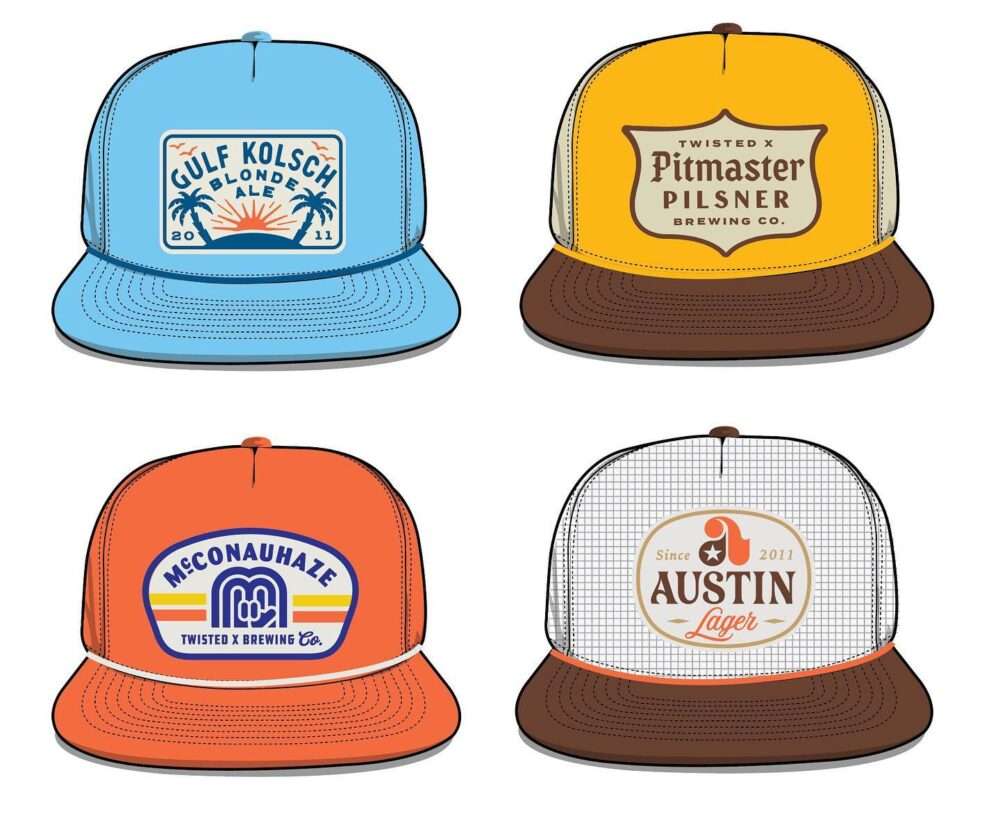Custom hats have long been a staple in human attire. They have evolved from simple functional headgear to sophisticated fashion statements that reflect individual identity and style. The journey of custom hats isn’t just about changes in design and materials; it mirrors broader social, technological, and cultural shifts. This article explores the rich history of custom hats, tracing their evolution from traditional craftsmanship to today’s cutting-edge designs. It also examines how modern trends continue to shape this timeless accessory.
The Early Origins of Custom Hats
Custom hats have roots in ancient times when headwear served as protection from the elements and symbols of status, identity, and spirituality. In various cultures, artisans meticulously crafted hats by hand for specific individuals, often using materials and designs that held cultural or religious significance. For example, in ancient Egypt, pharaohs and high-ranking officials wore elaborate headdresses adorned with precious metals and jewels, each design carrying a specific symbolic meaning.
In medieval Europe, custom hats such as crowns, mitres, and veils signified rank and profession, from royalty and clergy to tradespeople. The painstaking craftsmanship involved in creating these custom pieces meant they were often unique to the wearer, a luxury afforded to those of higher social standing. The artistry of hat-making during this period laid the foundation for the future evolution of custom headwear, emphasizing both functionality and personal expression.
The Impact of the Industrial Revolution on Hat Design
The 19th-century Industrial Revolution marked a significant turning point in the history of custom hats. Mechanized production methods revolutionized the hat-making industry, making hats more accessible to the general public. Factories equipped with new machinery produced hats at an unprecedented scale and speed, drastically reducing costs and increasing availability.
New materials and techniques emerged during this period, expanding customization possibilities. Wool, felt, and straw became popular, allowing for various styles ranging from the practical bowler hat to the elegant wide-brimmed hat. Mechanization didn’t eliminate craftsmanship; instead, it complemented it, enabling hatters to offer more customization options at lower costs. This democratization of custom hats meant they were no longer exclusive to the elite but could be enjoyed by people across different social classes.
Modern Materials in Custom Hat Design
As the 20th century progressed, the materials used in custom hat design continued to evolve, reflecting advances in textile technology and changing consumer preferences. Today, custom hats are made from a wide array of materials, each chosen for its specific properties that cater to both style and functionality.
High-performance textiles like moisture-wicking fabrics and UV-protective materials are now common in custom hats, particularly those designed for sports and outdoor activities. These modern materials enhance comfort and protection, making custom hats both fashionable and functional. Additionally, the growing awareness of environmental issues has led to the use of eco-friendly materials like organic cotton, recycled polyester, and biodegradable fibers, appealing to consumers who prioritize sustainability.
Today’s variety of materials allows for unprecedented customization, enabling designers to create hats tailored to specific needs and tastes.
Technological Advancements in Hat Customization
Digital technology has significantly impacted the evolution of custom hats. Digital printing, 3D modeling, and computerized embroidery have transformed how custom hats are designed and produced. These advancements offer a level of precision and creativity that was previously unattainable.
3D modeling software also plays a crucial role in modern hat design. Designers can visualize and tweak their creations in a virtual space before committing to production. This technology speeds up the design process and reduces waste since prototypes can be refined digitally rather than through multiple physical iterations.
These technological advancements have made custom hats more accessible to a wider audience. Individuals and businesses alike can now create personalized headwear that stands out in a crowded market.
Fashion Influence on Modern Custom Hat Design
Fashion trends have always played a significant role in the evolution of custom hats. From the flapper cloches of the 1920s to the punk rock snapbacks of the 1980s, hat styles have often reflected the prevailing cultural and social movements of the time.
Today, the influence of fashion on custom hat design is more pronounced than ever. This fusion of traditional craftsmanship and modern aesthetics results in headwear that is both timeless and trendy.
The rise of social media and digital culture has amplified fashion’s impact on custom hats. Consumers now seek unique, statement-making pieces that can be showcased on platforms like Instagram and TikTok. This trend has led to increased demand for personalized and fashion-forward hats.
The Future of Custom Hat Design
As we look to the future, custom hats are likely to continue evolving in exciting new directions. Advances in technology, such as augmented reality (AR) and virtual reality (VR), could further transform how customers design and purchase custom hats. These innovations might offer immersive, interactive experiences that blur the line between the physical and digital worlds.
Sustainability will also play an increasingly important role in custom hat design. As consumers become more environmentally conscious, the demand for sustainable materials and ethical production practices will grow. This trend will push the industry to innovate in ways that reduce its environmental impact.




